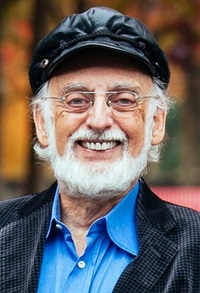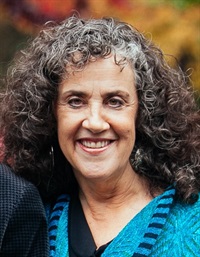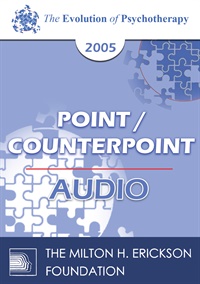EP05 Point/Counterpoint 08 - Family Therapy - New Developments: 40 Years Later - Salvador Minuchin, MD; John Gottman, PhD; Julie Gottman, PhD
- Average Rating:
- Not yet rated
- Topic Areas:
- Point/Counterpoint Sessions | Psychotherapy | History of Psychotherapy | Systems Theory
- Categories:
- Evolution of Psychotherapy | Evolution of Psychotherapy 2005 | Pioneers in Couples and Family Therapy
- Faculty:
- Salvador Minuchin, MD | John Gottman, PhD | Julie Gottman, PhD
- Duration:
- 1 Hour 19 Minutes
- Format:
- Audio Only
- Original Program Date:
- Dec 08, 2005
- License:
- Never Expires.
Description
Description: This session traces the arc of family therapy from its early directive roots to more collaborative, systemic practices. Minuchin reflects on his shift in stance and introduces a four-step assessment model. The Gottmans contribute research-based insights on friendship, conflict, and emotional intelligence in couples, emphasizing tailored approaches and the enduring nature of many relationship challenges.
Syllabus Description: After a brief description of Family Therapy in the 1960s and an equally brief description of where it is today, we will make a comparison of the success of family therapy in Europe and the shrinkage in the U.S. A new model of family assessment in four easy steps will be described.
Educational Objectives:
- To describe a map to guide interventions in the beginning of therapy.
- To compare and contrast the different ways of doing Family Therapy.
*Sessions may be edited for content and to preserve confidentiality*
Credits
Handouts
| Timestamped Transcript (835.2 KB) | 19 Pages | Available after Purchase |
| Ericksonian Learning Snapshot (249.9 KB) | 2 Pages | Available after Purchase |
Faculty

Salvador Minuchin, MD Related Seminars and Products
Salvador Minuchin, MD, developed Structural Family Therapy, which addresses problems within a family by charting the relationships between family members, or between subsets of family. He was Director of the Philadelphia Child Guidance Clinic. Although it was minimally staffed when he began, under his tutelage the Clinic grew to become one of the most modeled and respected child guidance facilities in the world. In 1981, Minuchin began his own family therapy center in New York. After his retirement in 1996, the center was renamed the Minuchin Center. Dr. Minuchin is the author of many notable books, including many classics. His latest is Mastering Family Therapy: Journeys of Growth and Transformation. In 2007, a survey of 2,600 practitioners named Minuchin as one of the ten most influential therapists of the past quarter-century.

John Gottman, PhD Related Seminars and Products
John Gottman, PhD, was one of the Top 10 Most Influential Therapists of the past quarter-century by the Psychotherapy Networker. Dr. Gottman is a professor emeritus in psychology known for his work on marital stability and relationship analysis through scientific direct observations, many of which were published in peer-reviewed literature. He is the author or co-author of over 200 published academic articles and more than 40 books, including the bestselling The Seven Principles for Making Marriage Work; What Makes Love Last; The Relationship Cure; Why Marriages Succeed or Fail; and Raising An Emotionally Intelligent Child, among many others.

Julie Gottman, PhD Related Seminars and Products
Julie Gottman, PhD, is the co-founder and President of The Gottman Institute, and Clinical Supervisor for the Couples Together Against Violence study. A highly respected clinical psychologist, she is sought internationally by media and organizations as an expert adviser on marriage, sexual harassment and rape, domestic violence, gay and lesbian adoption, same-sex marriage, and parenting issues. She is the co-creator of the immensely popular The Art and Science of Love weekend workshops for couples, and she also co-designed the national clinical training program in Gottman Couples Therapy.


